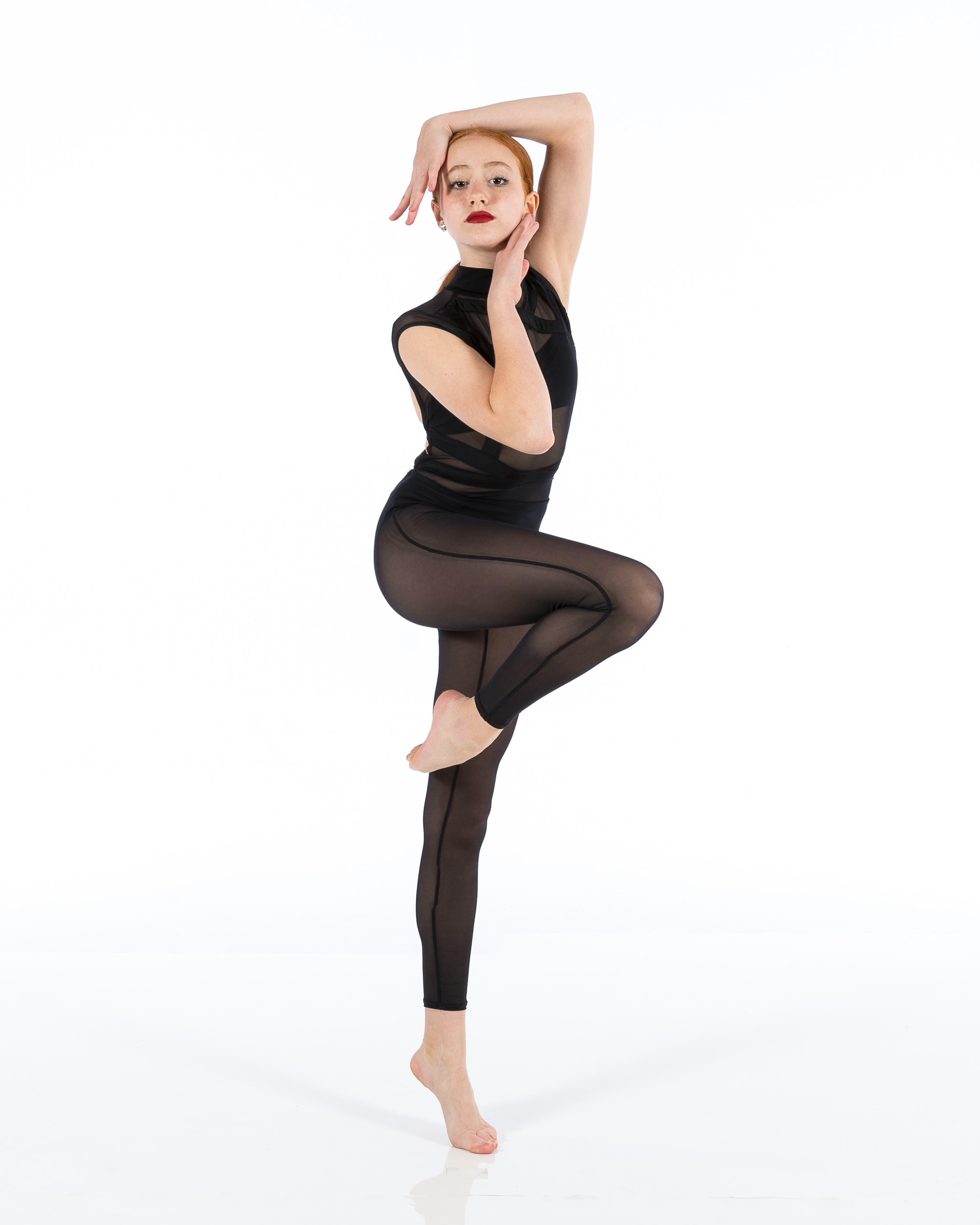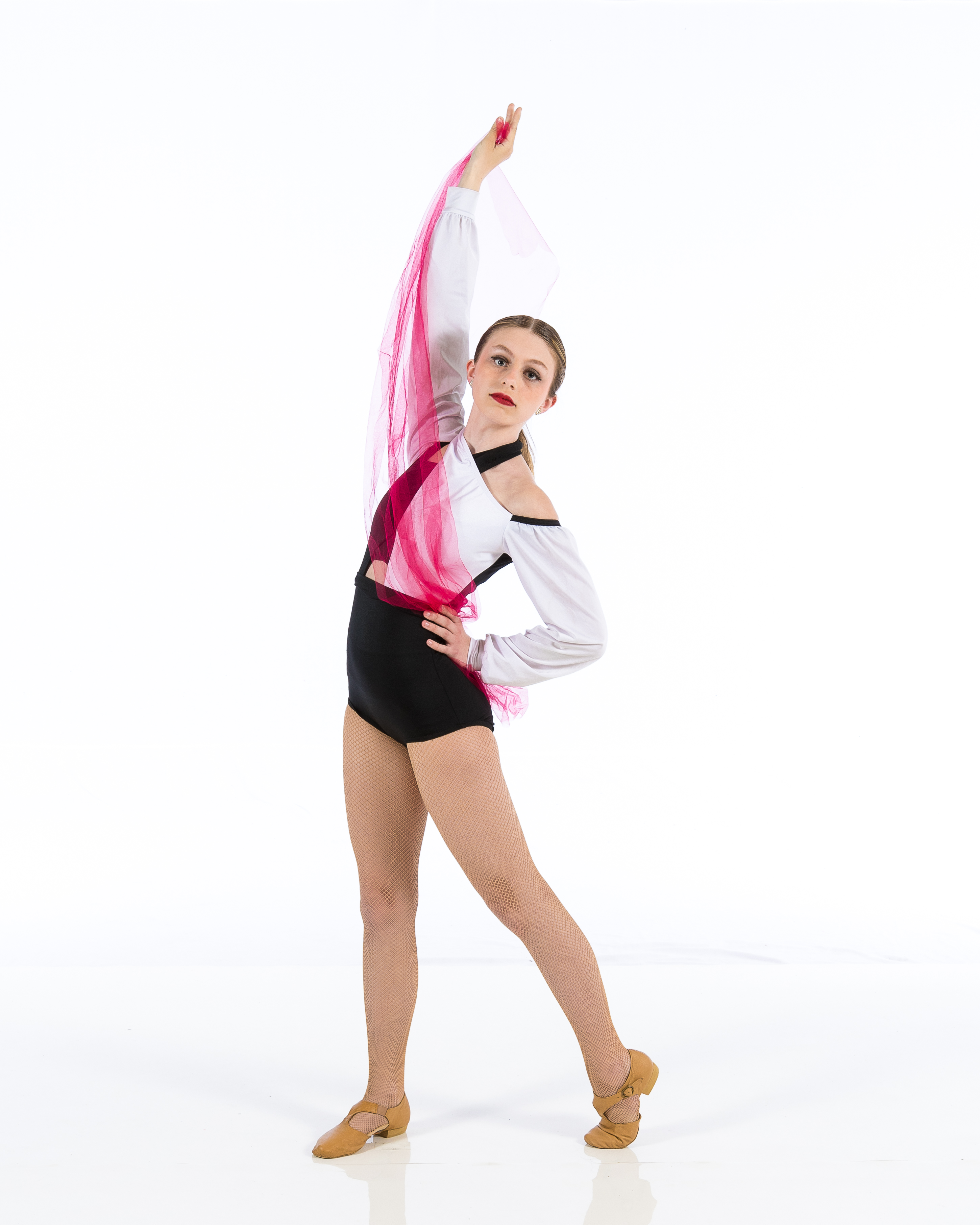Introduction
Stepping right into a dance studio for the very first time is a thrilling experience, one that can stir a cocktail of feelings-- exhilaration, nervousness, anticipation. Whether you're a seasoned professional dancer or just beginning your journey, recognizing the nuances of dance studio decorum can raise your experience and enhance your partnerships with trainers and fellow dancers alike. In this extensive overview, we'll dive deep into Mastering Dance Studio Etiquette: Important Tips for Beginners and Pros Alike
From fundamental policies to sophisticated considerations, this short article will cover everything you require to know about browsing the dynamic globe of dance workshops. So tighten those shoe laces and let's get started!
The Value of Dance Studio Etiquette
Why Decorum Issues in Dancing Studios?
In any type of artistic atmosphere, etiquette plays an essential function in maintaining harmony and respect amongst participants. Dancing studios are no exception. Excellent decorum cultivates a positive environment where creativity can flourish.
- Respect: Being thoughtful in the direction of trainers and fellow professional dancers builds shared respect. Focus: Proper behavior reduces diversions, allowing everybody to focus on learning. Community: Decorum aids develop a supportive neighborhood that encourages development and camaraderie.
Common Mistaken beliefs Regarding Dance Studio Etiquette
Many newcomers hold misunderstandings concerning what makes up appropriate behavior in dance workshops. Allow's debunk some myths:
Myth 1: "Only sophisticated professional dancers need to follow etiquette."
Fact: Etiquette is crucial for all levels; it mirrors professionalism.
Myth 2: "Teachers are as well rigorous about guidelines."
Fact: Trainers impose rules to preserve order and respect.
Basic Dance Studio Etiquette for Beginners
Dress Code: What to Wear?
First impacts matter! The appropriate attire not only mirrors your commitment however additionally improves your efficiency. Here's how to dress properly:
- Comfort: Pick clothes that allow cost-free movement. Footwear: Buy good-quality footwear suited to your dancing style.
|Dance Style|Advised Attire|| -------------|-------------------------|| Ballet|Leotard, tights, ballet sandals|| Hip-Hop|Loose-fitting apparel, tennis shoes|| Tap|Comfortable clothing, faucet shoes|
Arriving in a timely manner: Punctuality is Key!
Being late can disrupt the entire class. Goal to come to the very least 10 mins early to:
- Warm up. Settle in mentally.
Tip: If you're running late due to unpredicted scenarios, educate the instructor beforehand.
Quiet Zone: Maintaining Silence Before Class
Dance workshops flourish on emphasis. Maintain conversations to a minimum prior to course starts to make certain every person can prepare mentally.
Intermediate Dance Studio Rules: Building Relationships
Respecting Personal Area in Class
Every professional dancer deserves their room throughout session. Avoid crowding others while exercising moves or routines.
Why It Issues: Respecting individual area promotes convenience and facilitates better learning experiences.
Listening Actively Throughout Instructions
When a trainer is talking, it's vital to listen. Energetic listening shows regard and helps you realize crucial concepts.

How To Show Active Paying attention:
Maintain eye call with the instructor. Nod when appropriate. Ask making clear inquiries if needed.Advanced Dance Studio Etiquette: Boosting Your Experience
Providing Constructive Responses Wisely
As you expand much more experienced, sharing feedback becomes part of the culture. However, strategy this gently:

Encouraging Others: Structure Community Spirit
Support your other dancers through inspiration:
- Compliment their initiatives genuinely. Celebrate their achievements openly.
Mastering Dance Studio Decorum: Important Tips for Beginners and Pros Alike-- The Instructors' Perspective
Understanding Instructor Expectations
Instructors typically have particular assumptions pertaining to behavior in course. Acquainting on your own with these can significantly enhance your understanding experience:
http://jaredatxn276.almoheet-travel.com/from-amateur-to-professional-browsing-dance-studio-etiquette-for-a-harmonious-experience Listen attentively when they speak. Follow guidelines precisely. Give your best shot throughout every session.Building Relationship with Your Instructor
Establishing an excellent connection with teachers can be useful for your growth as a dancer:
- Ask questions associated with choreography or technique after class. Thank them for their support post-class; recognition goes a long way!
Handling Conflict With dignity in the Dance Studio Environment
Dealing with Disagreements Amongst Peers
Conflicts might arise within any type of team setting; knowing just how to manage them beautifully is vital:
Approach the individual independently without intensifying tension. Use "I" statements instead of "you" declarations (e.g., "I really felt ignored when ...").Addressing Problems with Instructors Professionally
If you have problems regarding instruction or classroom dynamics:
Request an exclusive meeting after course hours. Express your sensations constructively concentrating on solutions instead of complaints.The Function of Non-Verbal Communication in Dance Studios
Understanding Body Language Signals
Dance inherently involves non-verbal communication; recognizing how body movement functions in this context is essential:
Positive body movement (e.g., open stance) promotes connection. Negative signals (gone across arms) might share defensiveness or disengagement.Using Eye Contact Efficiently Throughout Classes
Maintaining eye contact with teachers shares attentiveness while additionally assisting build connection among peers throughout team performances!
FAQs
Q1: What should I wear for my very first dance class?
A1: Go with comfy clothing that permits complimentary motion-- yoga trousers or tights coupled with a fitted top works well!
Q2: Is it all right to miss courses occasionally?
A2: Life takes place! Notify your teacher beforehand preferably; they'll value your consideration.
Q3: How do I take care of sensation reluctant around various other dancers?
A3: Start little-- introduce on your own one-on-one prior to broadening communications gradually as familiarity grows!
Q4: Can I bring good friends along to observe classes?
A4: Many workshops choose prior plans; consult management initially so they're aware of extra attendees!
Q5: What if I disagree with a teacher's feedback?
A5: Approach them respectfully post-class; share sensations using "I" statements concentrating on constructive discussion rather than confrontation!

Q6: Need to I take part in performances also if I'm new?
A6: Absolutely! Getting involved boosts confidence-- speak up relating to any type of doubts so holiday accommodations can be made accordingly!
Conclusion
Mastering dance studio rules isn't nearly adhering to policies; it's about growing an enhancing atmosphere where everyone feels valued and motivated-- whether you're simply starting or improving sophisticated techniques as a seasoned pro! By sticking carefully to these essential tips outlined below under Mastering Dance Studio Rules: Important Tips for Beginners and Pros Alike, not only will you improve your own experience yet additionally contribute favorably towards supporting an inviting neighborhood within each dance studio you grace with your presence! So take these understandings onward into every workshop space you get in-- and let the rhythm carry you toward excellence!